Battery Life
The FW3 offers up to 7 hours of playback on a single charge, which is okay for a single DD TWS IEM. The tws earphones have a 65mAh battery inside each shell and the charging case comes with a 380mAh battery. The charging case provides an additional 13h hours of battery life, allowing for a total of 21 hours of listening time before needing to recharge the case. This should be more than sufficient for daily use. The charging case can be charged via the included USB-C cable, and a full charge takes approximately 1 to 1.5 hours.
App Support
The FW3 comes integrated with the FiiO Control app, available for download on both iOS and Android platforms. One of the standout features is the support for over-the-air updates, allowing for wireless firmware upgrades. FiiO has a strong track record in providing regular support and hotfixes; I updated my review unit to the latest firmware (FW30.5) in just about 3 minutes. As of the time of writing, this is the most current firmware. The app offers a variety of customizable options, including the ability to disable indicator LEDs, set a battery limit at 85% for healthier cell longevity, activate a game mode, and establish an idle power-off timer. Additionally, a codec selector menu is available, particularly useful for those who wish to specify which codec their Android device should specifically stream.
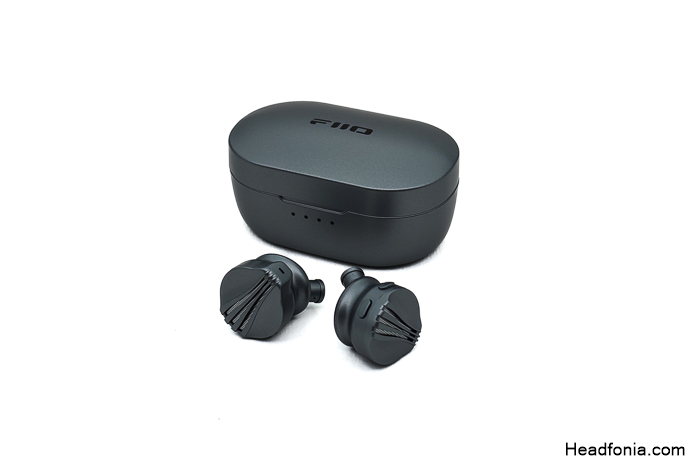
The FW3 also provides four low-pass filter options, courtesy of its independent AK4332 DAC chip. Both channel balance and volume for each mode can be adjusted within the app. Furthermore, the app features a 10-band adjustable EQ, allowing for fine-tuning to your personal preferences. The EQ is comprehensive, offering adjustable depth and width for selected frequency bands. You can also control the integrated amplifier’s gain within the EQ menu, with the option to boost it up to +12 decibels. This feature is particularly useful for overcoming regional sound limitations on your phone or simply amplifying it to your preferred volume level.
In summary, the app is quite feature-rich and I find these options to be incredibly useful. The game mode significantly reduces latency, and the codec selector is a great feature for those who prefer not to delve into Android’s developer options. I must applaud FiiO for including features like battery limit and gain control; they are essential in my opinion. The battery limiter is particularly crucial for extending the lifespan of the TWS IEMs. These are areas where even industry giants like Apple and Sony could take a cue.
Call Quality
Like many rod-less TWS IEMs we’ve tested, the FW3 features two cVc noise-canceling microphones located near the front of the headset. I conducted several call quality tests and found that the microphones effectively deliver your voice to the receiving end in quieter environments. As ambient noise levels rise, the headset maintains its ability to capture your voice clearly, although it does tend to pick up high-frequency ambient sounds alongside your voice. Despite these minor drawbacks, considering the form and factors, FiiO has done commendable work in ensuring good call quality with the FW3. It’s important to note, however, that one shouldn’t expect AirPods Pro 2-level performance from a rod-less TWS earphone.
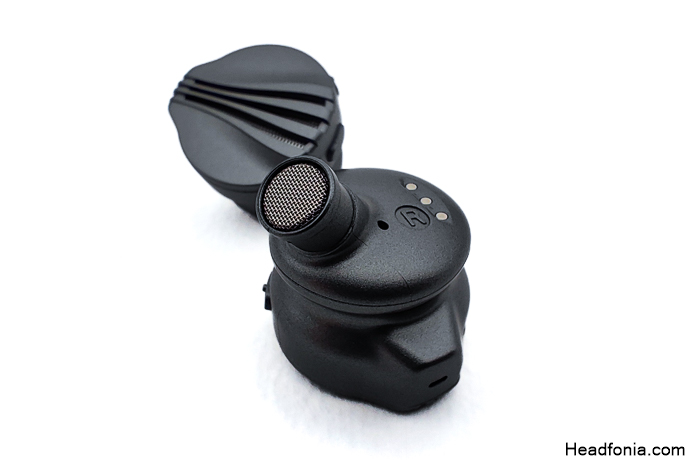
Sound & Performance
First, let’s discuss the test conditions. Initially, the volume was quite low, and I found that I couldn’t adjust the hardware volume even after toggling Android’s absolute volume setting. To resolve this, I installed the FiiO Control app, maxed out the headphone volume under the Audio section, and then adjusted Android’s global sound control to my preferred level. The app offers 32 total volume steps, and maxing it out while setting Android’s volume to half was sufficient for optimal listening (around 60-70dB for me). I recommend this approach if you find the initial volume lacking. To get the best sound quality, I also forced 24-bit 96-kHz streaming via LDAC codec and selected “best audio quality (900-990kbps)” under Android’s developer options. Before taking these steps, I was not impressed with the FW3’s performance. For iOS devices, you can increase the hardware volume using the same method.
The FW3 performs great, delivering a tonally balanced, coherent, and slightly warm sound. It’s pro-consumer tuned and serves as a budget-friendly alternative to popular TWS options, sound-wise, like AirPods, Sony XM4, and QC Earbuds 2. However, achieving optimal performance requires some technical know-how, as outlined earlier. The FW3 offers a fun sound signature with elevated bass, clear mids, and good upper-midrange coverage. Its treble is smooth but not rolled off, which is common among current TWS IEMs. The FW3 excels in its price range, offering top-tier codecs and an excellent feature set. If you can get it for around $70, it’s one of the most competitive TWS IEMs available. The FW3’s sound is coherent, full, and fun, with decent resolution.

However, using it via AAC on iOS results in a slight loss of resolution and dynamic range compared to Android, and this should be noted if you are after every bit of performance there is. The bass is abundant but not overwhelming, and the mid-bass is well-tuned. Instruments have a natural, good amount of body, and the midrange is clean but also slightly warm. The upper midrange is tuned energetically, adding excitement, and enhancing the overall dynamism. The treble is smooth, making the FW3 suitable for long listening sessions. Its extension is adequate, but expecting ever-expansive highs would be unrealistic. The FW3 performs well across genres like EDM, thanks to its elevated bass and dynamic presentation. In terms of instrument separation and staging, it’s adequate but not as capable as its bigger sibling with additional BAs. However, it is tonally more accurate than the FW5, which I’ll discuss later.
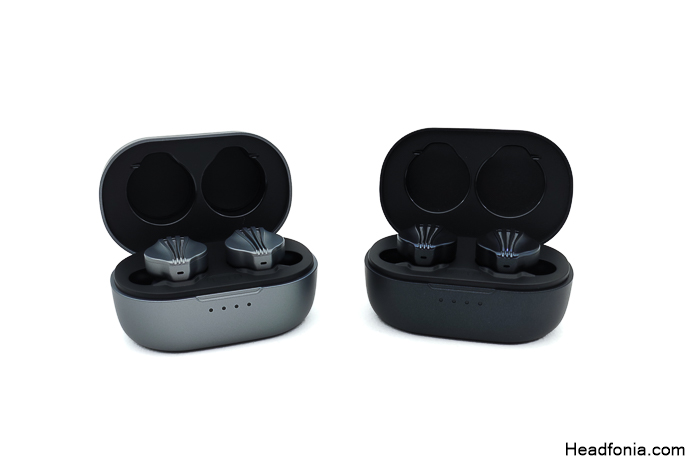
Technical Capability
The FW3 offers a medium-sized soundstage with adequate depth. It’s not as spacious sounding as some competitors like Lypertek’s Z3 2.0 but compensates with good imaging. Instruments are easy to locate, and there’s a decent amount of air between them. The overall spaciousness is average, which is expected at this price point. It struggles with complex, multi-instrumented passages but maintains a certain standard, especially considering its price. Many TWS options, like Sony’s XM4, falter here despite being much more expensive.
Comparisons
vs. FiiO FW5 ($149 USD)
The FW3 shares many features with the FW5, except for the sound configuration. The FW5 has two additional balanced armature drivers and is priced at $150. Whether the extra $$ is worth it depends on various factors. The FW5 offers a more V-shaped signature with a more recessed midrange. It performs better, especially in the technical capability realm, offering a more spacious and slightly more detailed sound. However, it is less tonally balanced than the FW3. Its bass is more pronounced, and it has more treble presence, which may or may not align with your preferences. In my opinion, the FW3 is better tuned tonally, and the technical capability difference isn’t significant enough to justify paying almost double. Therefore, I’d opt for the FW3, especially if purchased during the launch event for the best price-to-performance ratio.
vs. Lypertek Z3 2.0 ($89 USD)
Also known as the TEVI, Lypertek’s budget offering provides a flatter sound with slightly better technicalities but lacks the “fun” factor of the FW3. In a side-by-side comparison, the FiiO FW3 and Lypertek Z3 2.0 / TEVI each have their own unique strengths. The FW3 excels with its tonally balanced, coherent, and slightly warm sound signature, making it a versatile option for various musical genres and wider audiences. It also comes with features like app support for fine-tuning the sound signature and a range of high-quality codecs, including LHDC and LDAC. Although its soundstage is medium-sized, it compensates with good imaging and a dynamic, enjoyable sound signature.
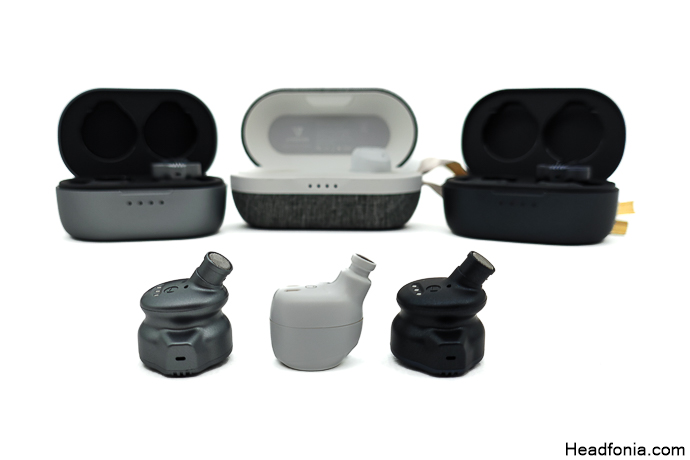
On the other hand, the Z3 2.0, priced at $89, stands out for its technical prowess, offering a wide and adequately deep soundstage that excels in layering and resolution within its price bracket. Its bass is dynamic, fast, and tight, enhanced by a lively sub-bass. The mid-bass presence is looser, which results in a slightly more airy overall presentation compared to FW3. The overall midrange is clean and clear, featuring a slight upper-mid hump that enhances transparency, although the high treble could use a bit more extension. If you’re in the market for a feature-rich, versatile earphone, the FW3, especially at its limited-time price of $71.99, is a strong contender. However, if you prefer a flatter-sounding TWS IEM with a greater emphasis on technical capability, the Z3 2.0 is an excellent alternative.
Last Words
In conclusion, the FiiO FW3 stands as a compelling option in the budget TWS market, offering a balanced and fun sound profile that rivals more expensive counterparts. While it may require some initial setup for optimal performance, especially on Android devices, the effort is well worth it. Its design, comfort, and feature set, including support for high-quality codecs and a user-friendly app, make it a strong contender for those seeking quality without breaking the bank. If you’re in the market for a TWS IEM that offers a blend of rich feature-set and good tonal balance, the FW3 deserves a consideration, particularly if you can snag it at its introductory price!

Pros
+ Good sound
+ Good tonal balance
+ Great feature-set
Cons
– Shell is not the smallest
– Tip dependency
Page 1: FiiO, FW3, Packaging & Accessories, Design, Build & Fit, Controls, Wireless & Connection Stability
Page 2: Battery Life, App Support, Call Quality, Sound & Performance, Comparison, Last Words





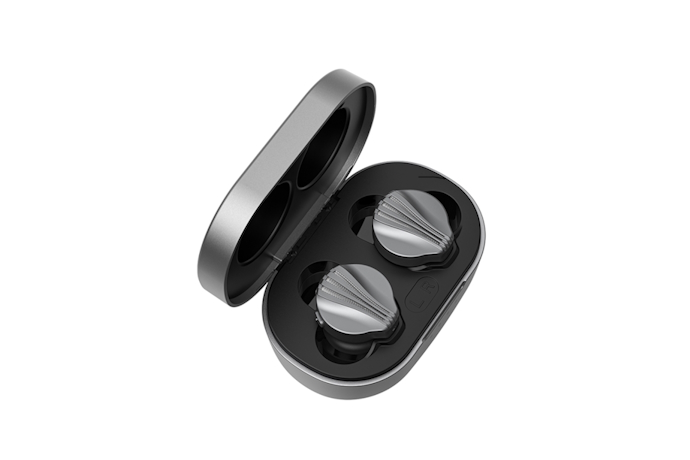
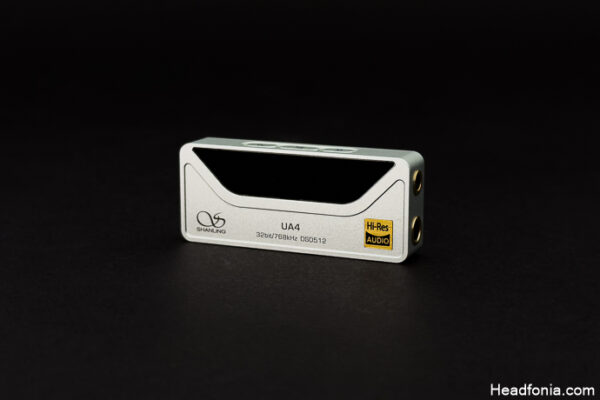
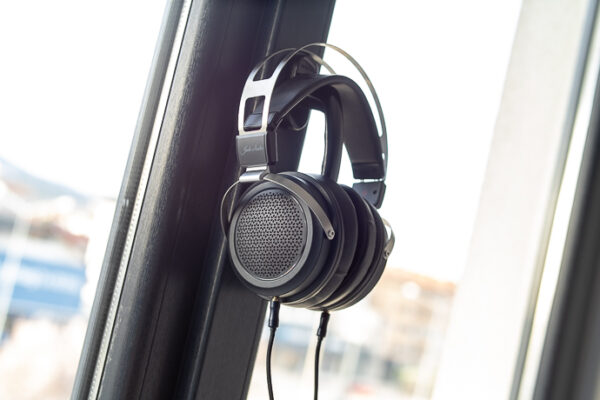
Maj
Under LDAC w/ FW V1.1 You can set Bitrate to 32 bits using either Android’s developer options or any BT codec manager from the playstore, I’ll also note that I wouldn’t recommend using LDAC on non snapdragon based phones as it can’t handle 990Kbps and can just barely handle 660Kbps at ~1.5m away while using LHDC works like a charm
Yagiz
The chipset of the device is limited to 24-bits. By not selecting 32-bit, I am trying to prevent Android operating system from upsampling. In addition, I do not hear a difference between these settings.